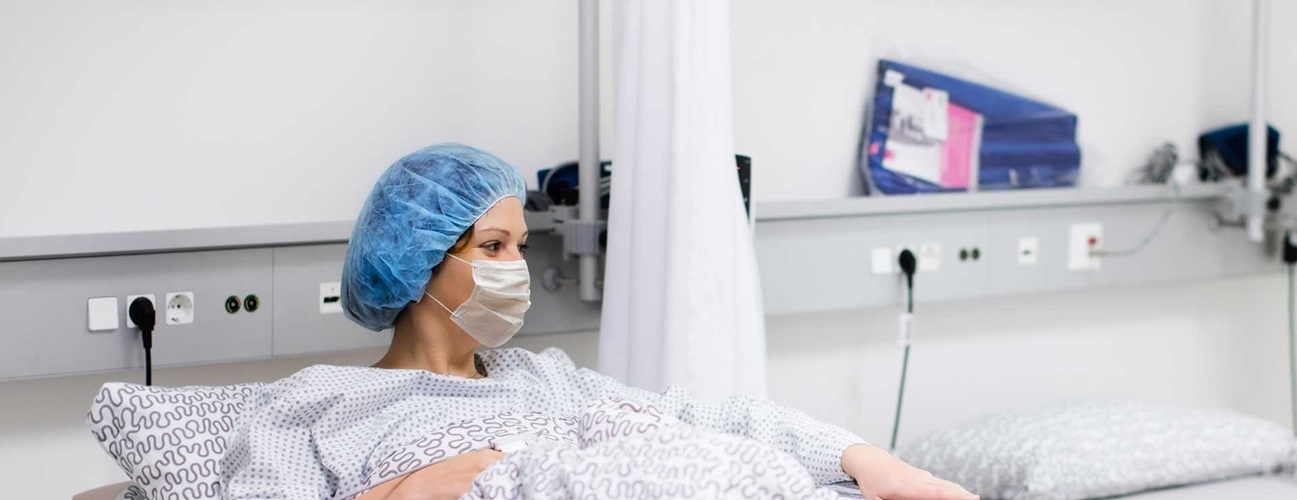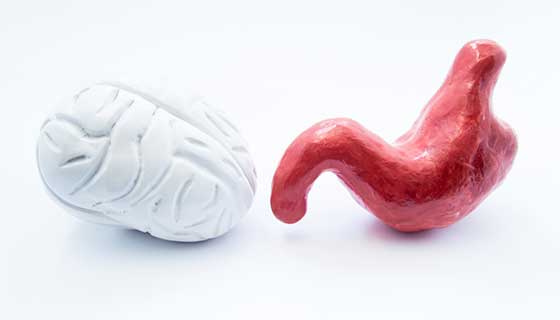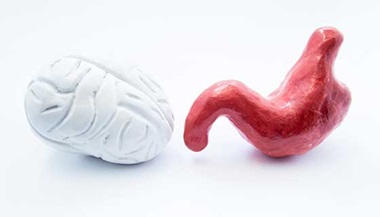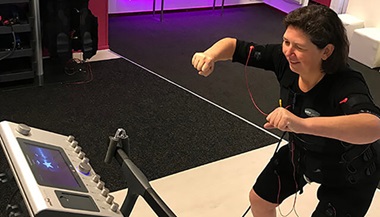Endoscopic Fistula Closure in the Gastrointestinal (GI) Tract
What is an endoscopic fistula closure?
A minimally invasive procedure, endoscopic fistula closure is used to repair a hole or opening (fistula) with the help of an endoscope — a flexible tubelike imaging instrument. An endoscope helps a doctor look inside the body, locate the fistula and close it. This procedure is performed by a gastroenterologist — a doctor specially trained in treating problems in the gut.
The endoscopic approach means the doctor can repair a fistula as an outpatient procedure. You may recover faster, have a lower chance of infection and experience less pain compared to laparoscopy or open surgical methods to fix the problem.
If not mended, the abnormal passageways can allow fluid to leak from one organ to another, or into adjacent body cavities and even outside the body. This fluid leakage can result in pain, infection, inflammation, organ damage and death.
Who may need endoscopic closure of a gastrointestinal (GI) fistula?
Endoscopy may not be the first treatment for gastrointestinal fistulas. Depending on the site of the fistula, your gastroenterologist may recommend other treatments first, such as normalizing your internal pH balance to help the fistula heal. If the fistula doesn’t show signs of closing on its own after several weeks, endoscopic fistula closure may be recommended.
What types of fistulas in the GI tract can be repaired with endoscopic surgery?
Fistulas in the GI tract that can be repaired with an endoscope include:
- Openings between the stomach or intestine and the surrounding organs and body cavities, or between the parts of the intestine (internal fistula)
- Openings between the stomach or intestine and the surface of the skin (external or gastrocutaneous fistulas — anal fistula is one example
GI fistulas can be acute (occurring recently and causing symptoms such as inflammation and pain) or chronic (existing for a long time, with or without symptoms).
Fistulas may result from:
- Inflammatory bowel disease
- GI cancers or tumors
- Radiation therapy
- Crohn’s disease
- A foreign body
- Diverticular disease
- Trauma to the GI tract, such as a gunshot or stab wound, or blunt trauma
- Complications from earlier GI surgery or following removal of feeding tubes
- GI malformations present at birth, such as esophageal atresia
What are the types of endoscopic fistula closures?
- Upper GI endoscopic fistula closures are for repairing fistulas in the esophagus, stomach or small intestines. For these procedures, the endoscope is inserted in the mouth.
- Lower GI endoscopic fistula closures can access and close fistulas in the lower intestines, colon or rectum. The endoscope is inserted in the anus.
Preparing for an Endoscopic GI Fistula Closure
Your gastroenterologist will provide detailed instructions before your procedure. They may include:
- For a fistula in the lower GI tract, follow a liquid diet plus a laxative or enema to cleanse the bowel.
- For an upper GI tract fistula, do not eat or drink for 12 hours before the procedure to ensure that your stomach is clear of food.
- Tell your doctor if you have any allergies.
- Follow your doctor’s instructions about whether to take your prescription medications.
- Plan for someone to take you home after the procedure. You will not be cleared to drive until the anesthesia wears off.
On the day of your procedure, you may need to answer questions about your medical history, and review with your surgeon all of the medications you have taken.
What happens during an endoscopic fistula closure?
During the procedure, the gastroenterologist and your care team will:
1. Insert an IV into your vein and give you sedating medicine to make sure you don’t feel pain.
2. Place a high definition endoscope through your mouth or anus, depending on the fistula’s location. Your doctor will observe the images on a screen.
3. Locate the fistula, and drain, clean and prepare the area.
4. Close the opening, using either or a combination of these devices:
- A sealant
- Sutures (stitches) — sewing fistulas closed endoscopically requires a high degree of expertise
- Tiny metal clips or stents (some of these will remain in the body to close the fistula — others will fall off naturally as the fistula heals, and pass through stool
- Plugs or sponges to seal the opening and allow tissue to heal
Endoscopic Fistula Repair Risks and Complications
Risks include infection, and stents or clips becoming detached from the repair site. It is also possible for a fistula to reopen. In general, complications from minimally invasive procedures are less common than with procedures using a laparoscope or an open surgical approach.
Recovery After Endoscopic Fistula Repair
Following the procedure, the care team will move you to a recovery room, where you will be watched carefully as the effects of the sedative wear off. You will be able to discuss results with your doctor before you leave.
As you recover, you may notice some temporary side effects such as:
- Sore throat
- Nausea or vomiting
- Excessive gas, bloating or cramping due to air used to expand the surgical area during the procedure






